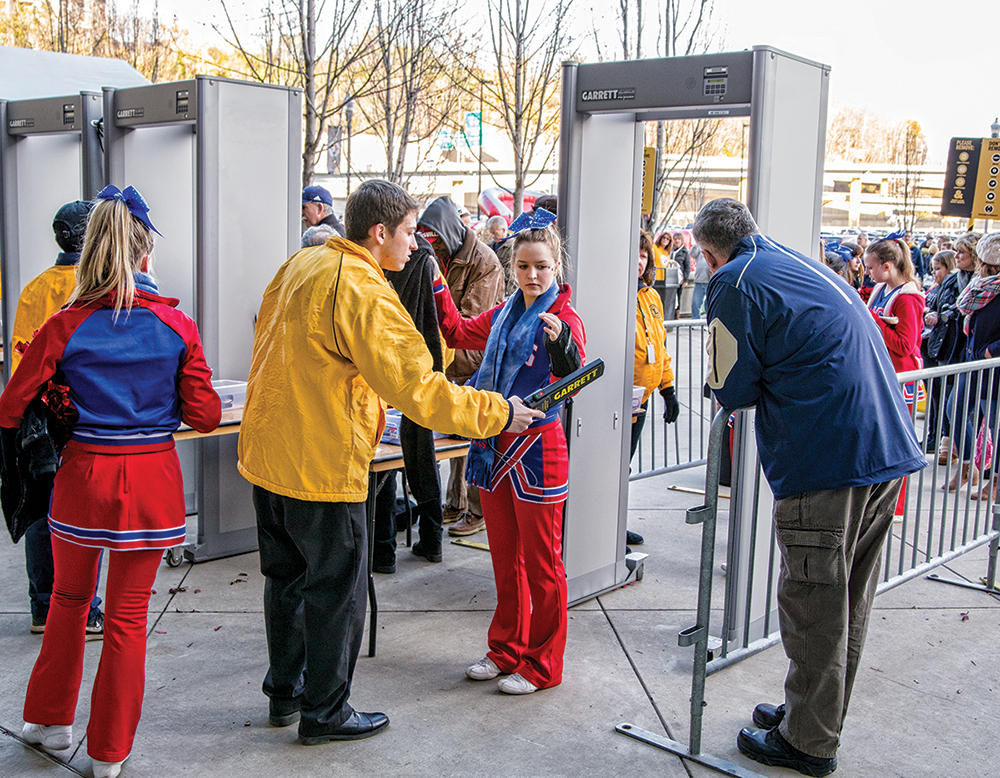Introduction
The devastating events of school shootings and violence have become an increasingly pressing concern for parents, educators, and policymakers in recent years. While many solutions have been put forth to mitigate the risk of these tragedies, one measure that has gained increased attention is the implementation of metal detectors in schools. While some critics argue that these devices can create a hostile learning environment and infringe on privacy rights, there are several compelling reasons in defense of school metal detectors that we must take into consideration.
Addressing the Safety Concerns
First and foremost, metal detectors serve as a deterrent for individuals who may be discouraged from bringing weapons to school. Knowing there is a systematic security procedure in place may make potential perpetrators think twice about carrying out violent acts on school grounds.
Moreover, metal detectors can identify dangerous items such as guns, knives, and other harmful objects, allowing school staff and security personnel to take swift action in preventing any harm to students and faculty. This level of security reassurance is invaluable to creating a safer learning environment and fostering peace of mind for all members of the school community.
Preventing Unintended Tragedies
In addition to deterring premeditated acts of violence, metal detectors may also prevent unintended tragedies by identifying weapons unintentionally brought onto school property. Often times, students may inadvertently bring forbidden items like pocket knives or tools to school without realizing the potential risk they pose. Metal detectors help ensure any prohibited items are intercepted before they become an issue.
Positive Long-Term Effects
Research also suggests that schools with metal detectors experience a lower rate of reported weapon possession and have fewer incidents related to weapon use. This decrease in violent incidents benefits the entire academic community as it promotes positive student behavior and creates more conducive learning environments that support educational success.
Counteracting Potential Negatives
While opponents may argue that metal detectors hinder the welcoming atmosphere at schools or infringe on student privacy, these concerns can be addressed with appropriate implementation. Schools can install metal detectors in unobtrusive ways and ensure that personnel operate the machines with respect for students’ privacy. Additionally, comprehensive security measures should include education about the importance of safety measures to foster an understanding and cooperative school community.
Conclusion
When we weigh the potential benefits of implementing metal detectors at schools against their perceived drawbacks, it becomes evident that their use can significantly contribute to the safety and well-being of students and staff. As we continue to face the harsh reality of school violence, schools need to consider all available options to help protect their communities. In defense of school metal detectors, they stand as a proactive measure that may deter potential perpetrators, prevent unintended incidents, and ultimately create a safer learning environment for all.





